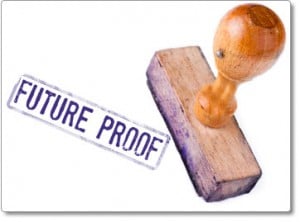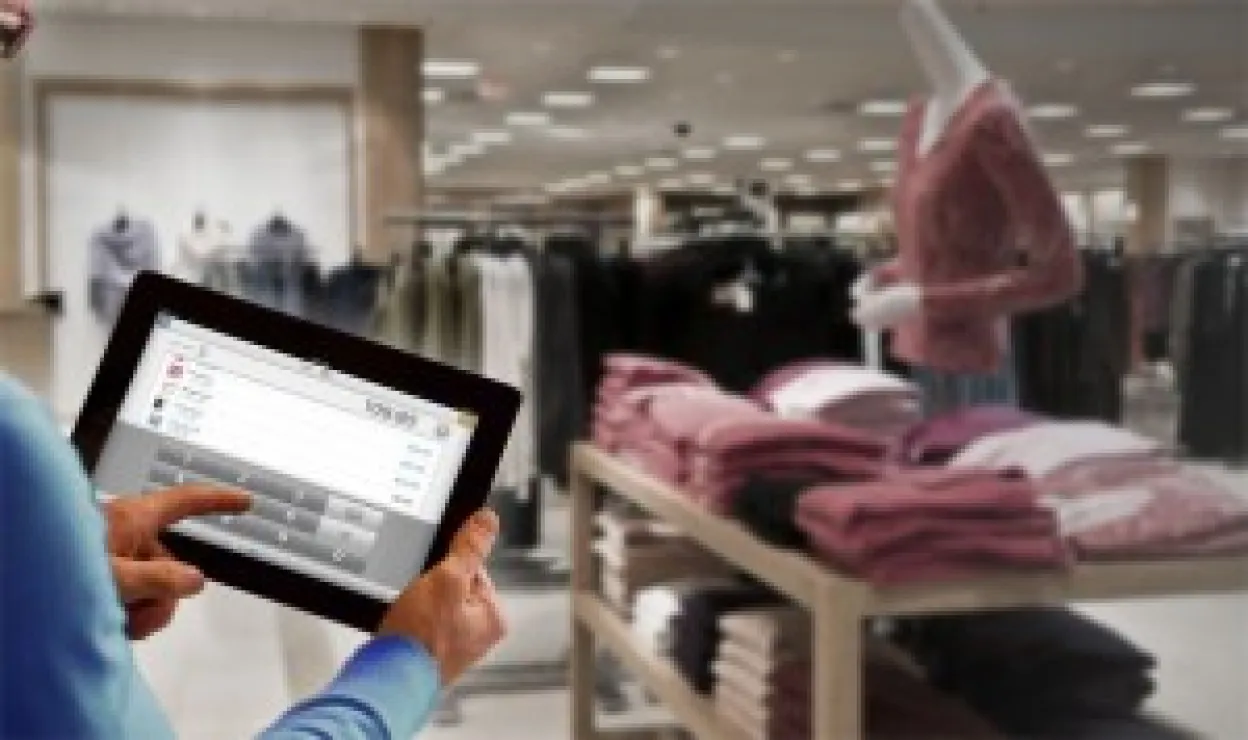One of the biggest buzzwords in commerce today is omni-channel. In the simplest terms, omni-channel means that no matter which channel is the touch point of the moment to the consumer – a payment terminal in a store, an online storefront, or a retailer’s app on a mobile device – their experience should be seamless, streamlined, secure and optimized for the needs of each channel.
But more often than not a very important piece of the omni-channel puzzle is left out: a mobile point of sale (POS) solution. More and more retailers are employing mPOS solutions both inside and outside stores on top of their existing payment solutions, and they need to consider how to tie those mobile solutions in with their existing POS infrastructure – otherwise, it’s impossible to provide a true omni-channel experience.
Bringing commerce to the consumer
When a retailer’s omni-channel strategy delivers a unified and integrated experience, both the merchant and consumer reap the benefits. For example, consider the hypothetical case of a consumer we’ll call Jim, who recently bought a pair of jeans from an omni-channel retailer using his smartphone. Jim has previously bought clothing from this retailer via its website, but doesn’t visit the physical stores very often. Today, however, Jim comes into the local store to exchange the jeans he bought for a pair in a different size.
 So what’s most important to Jim? As with most consumers, Jim wants the retailer to have a unified view of his order history and interests, so that he doesn’t have to enter in the same information at every interaction. Receiving real-time discounts and relevant offers are also becoming increasing important to consumers.
So what’s most important to Jim? As with most consumers, Jim wants the retailer to have a unified view of his order history and interests, so that he doesn’t have to enter in the same information at every interaction. Receiving real-time discounts and relevant offers are also becoming increasing important to consumers.
In Jim’s example, the store’s mPOS solution is integrated with its terminals and backend systems that hold the latest order history across all channels, making Jim’s information and preferences visible to the sales associate (who just happens to be able to assist Jim using a tablet device on the sales floor). And because there’s integration between the retailer’s mobile apps, inventory system and loyalty programs, the retailer can also send an alert to Jim’s smartphone via its store app as he enters the store, letting him know that if he buys one pair of jeans, he can receive another pair at half off.
Jim receives a positive omni-channel experience from this retailer because he is getting a personalized, streamlined, and high-impact experience. This goes well beyond user interface (UI) consistency—it’s about enabling an optimal and personalized interaction for both shopper and merchant.
Beyond payment acceptance
Most early forms of mPOS solutions in the US market were really just mobile card readers – a dongle that connected to a smartphone or table. Each dongle was an island, with no connections to a merchant’s payment infrastructure or other back-end systems. The device vendor acted as a payment service provider, processing transactions and taking a cut of each one.
Today, mPOS solutions are much more sophisticated, offering not just the card reader but also software and services to go along with it. They also offer the enterprise-class features that larger retailers demand. Here are key capabilities you should look for when evaluating mPOS solutions as the ‘last mile’ if your omni-channel program:
 Security compliance. Security features such as EMV compliance, end-to-end encryption and overall PCI compliance should be supported throughout your commerce platform – including mPOS. There shouldn’t be any fear on the consumer’s part that one channel is less secure than another.
Security compliance. Security features such as EMV compliance, end-to-end encryption and overall PCI compliance should be supported throughout your commerce platform – including mPOS. There shouldn’t be any fear on the consumer’s part that one channel is less secure than another.
Back-end & front-end integration. You want to make sure your mPOS solution can integrate with back-end systems for inventory, shipping and the like. This ensures it’s part of your overall POS infrastructure, not just a standalone mPOS island. This will reduce the need for multiple data entries and reconciliations, while increasing your overall business efficiencies. Regarding the front-end payment side, the seamless integration of your mPOS solution within your existing payment system will create a true omni-channel environment that is much more efficient, especially when providing services such as in-store refunds.
Flexibility. There are several facets to this. The first is the ability to choose your own credit card processor, since many merchants already have a processor relationship in place. Another is the ability to customize software as needed using APIs for integration with your payment infrastructure and back-end systems and value-added services, including loyalty programs. A third is the ability to white label a solution with your own branding. Look for an mPOS vendor that gives you the option to customize your solution as needed, without breaking the bank.
 Future proof. Payment standards and mechanisms are constantly evolving – consider the upcoming EMV liability shift in the U.S. It’s important you choose a solution that can handle alternative forms of payment that the consumer wants, including NFC, EMV, mobile wallets, and whatever comes next. Talk roadmap with your vendor to make sure they can handle your needs not just today but two years from now.
Future proof. Payment standards and mechanisms are constantly evolving – consider the upcoming EMV liability shift in the U.S. It’s important you choose a solution that can handle alternative forms of payment that the consumer wants, including NFC, EMV, mobile wallets, and whatever comes next. Talk roadmap with your vendor to make sure they can handle your needs not just today but two years from now.
When you have an integrated omni-channel experience that properly embraces the often-forgotten piece of the puzzle – mPOS – you’re able to build demand, drive consumer loyalty, and create more opportunities for merchant-to-consumer personalized interaction than ever before. This will ultimately help increase your chance of securing a sale as soon as the consumer even considers making a purchasing decision, whatever the sales channel may be.
Scott Holt is the Vice President of Marketing, North America / Ingenico Group










